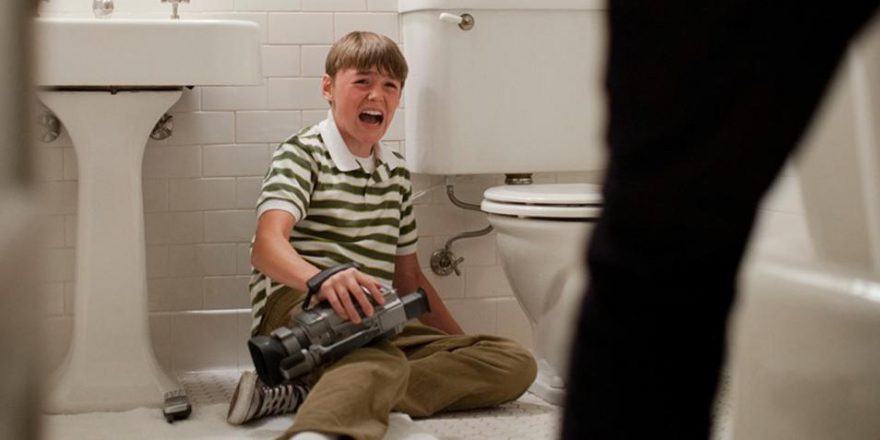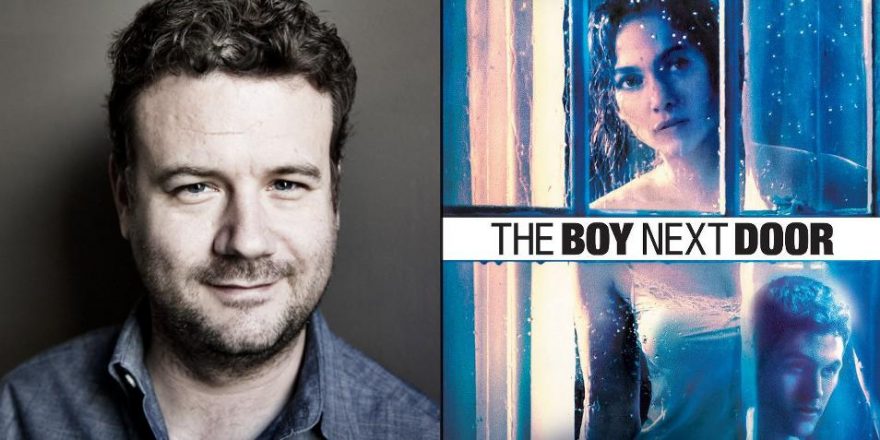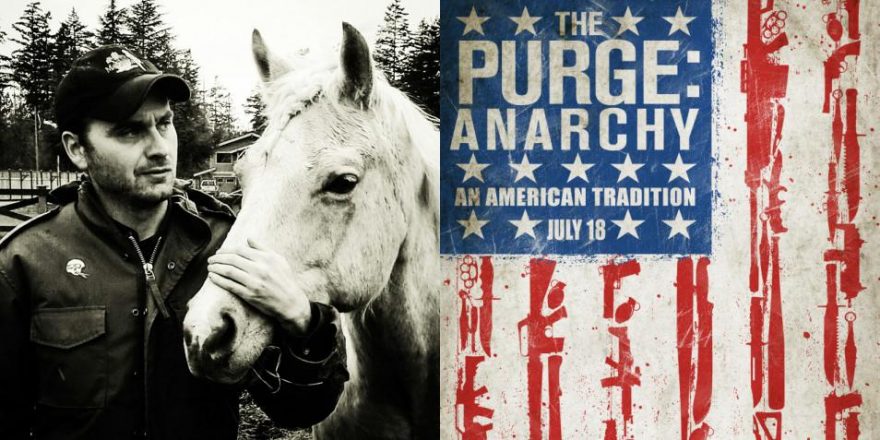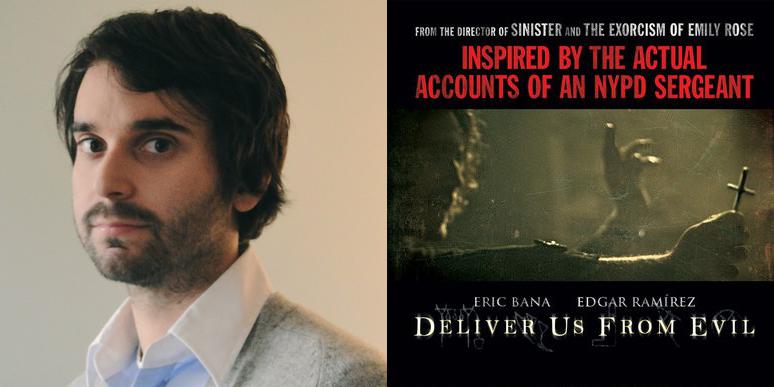A couple of months ago, I went to the found-footage horror film Unfriended and saw six trailers for upcoming thrillers – every single one of which was a Jason Blum production or acquisition (as was Unfriended itself). I thought that was somewhat amazing, but it was only a preliminary indication of Blum’s prolificacy – the tip of a horror empire iceberg, if you will. That’s because a few weeks after seeing Unfriended, I was flipping through Netflix and VOD movies looking for a horror movie to watch, and just about every one of those, some of which I had heard of but most of which were new to me, was produced by Blum as well. And a surprising number of them were pretty damn good – one of them, Alfonso Gomez-Rejon’s The Town That Dreaded Sundown, was as great a horror movie as I’ve seen in years. It got me wondering how Blum does what he does, and why, and led me to watch all of his films that I hadn’t seen, and to marvel at his artistic as well as commercial track record. Sure, there are misfires – how could there not be for a guy who’s had his name on something like ten movies a year for the past five years? (Faithful readers of this site will remember that The Boy Next Door was one of my least favorite films of the millennium.) But there are also plenty of real gems such as Sundown, Barry Levinson’s The Bay, Peter Cornwell’s Mercy, and even the picture that has my vote for the best film of 2015 thus far, Joel Edgerton’s The Gift.
In the six years since the Blum-produced Paranormal Activity became a huge hit, his Blumhouse shingle has perfected a business model that’s the envy of everyone in Hollywood, or should be: as I understand it, he keeps his production budgets around $4 million (more for sequels to hit properties) and gives his writers, directors and cast considerable creative control in exchange for their agreement to cut their fees and share in the back end. With a few exceptions, the release strategy isn’t decided upon until the film is completed – if Blum feels that he can justify the significant added expense of marketing a wide release, the movie goes theatrical; if not, it goes straight to VOD and the $4 million is more or less guaranteed, since most Blumhouse productions have either name cast or highly marketable horror concepts. It’s an ingenious business strategy that basically assures Blum a profit unless one of his theatrical releases really tanks, which barely ever happens; I have no idea what algorithms he uses to determine when a movie should go theatrical and when it shouldn’t, but his hits (Insidious, The Purge, Sinister) speak for themselves.
The good news for directors is that the worst case scenario is that their film gets a fairly visible Netflix and VOD release; while all of us want that 3000- or 4000-screen theatrical run, I’d sure as hell be happy with the kind of exposure Blum’s movies always seem to get in the worlds of streaming and on-demand – especially given the creative latitude his business model gives his filmmakers. It will probably come as no surprise that some of the Blumhouse productions that didn’t get a theatrical release are far more uncompromising and original than the ones that did; Bryan Bertino’s Mockingbird, for example, begins with a deeply unsettling image that you’d likely never see in a horror film marketed for a wider mainstream audience. The Town That Dreaded Sundown is particularly audacious; not exactly a remake or a reboot, it’s a commentary on Charles B. Pierce’s 1976 original that is visually inventive, conceptually ambitious and scary as hell. Speaking of scary as hell, Cornwell’s Mercy is another real discovery for horror fans: adapted from Stephen King’s short story “Gramma,” it taps into profound universal fears about death and aging and ratchets up the tension to a nearly unbearable degree, reminding the viewer just how potent a genre horror can be when a filmmaker of Cornwell’s intelligence and fearlessness is willing to take it on.
Cornwell’s previous feature was the theatrical hit The Haunting in Connecticut, and he’s not the only major director who has helmed a Blumhouse VOD title. Catherine Hardwicke wrote and directed Plush, Joe Carnahan did the same on the star-studded, very funny Stretch (a non-horror entry starring Patrick Wilson as an unfortunate limo driver on an After Hours-esque journey through nocturnal Hollywood), and blockbuster veteran Joe Johnston (Jurassic Park III, Captain America: The First Avenger) directed one of his best films for Blumhouse, the razor-sharp thriller Not Safe for Work. That film is a minor masterpiece of black comedy and suspense, a 74-minute thrill ride following a young lawyer trapped in his office with a killer. It’s the kind of lean, mean action film Hollywood used to specialize in in the 1940s, but which has virtually disappeared in the age of overblown, suffocating spectacles. That can be said for many of Blum’s productions; he’s singlehandedly keeping alive the pleasures of the modestly budgeted and scaled genre film. His production model provides another nearly lost pleasure as well, the pleasure of discovery. While I’m sure that his directors and stars who don’t win the theatrical release lotto feel a sense of letdown, as a viewer I positively love the fact that I can come across surprisingly well-made and entertaining treasures such as Not Safe For Work, Stretch and Mercy just by scrolling absentmindedly through Netflix. A casual glance at Blum’s upcoming slate reveals films by Ti West, Phil Joanou, M. Night Shyamalan, and Iain Softley, indicating that the spigot of interesting films is in no danger of turning off soon.








